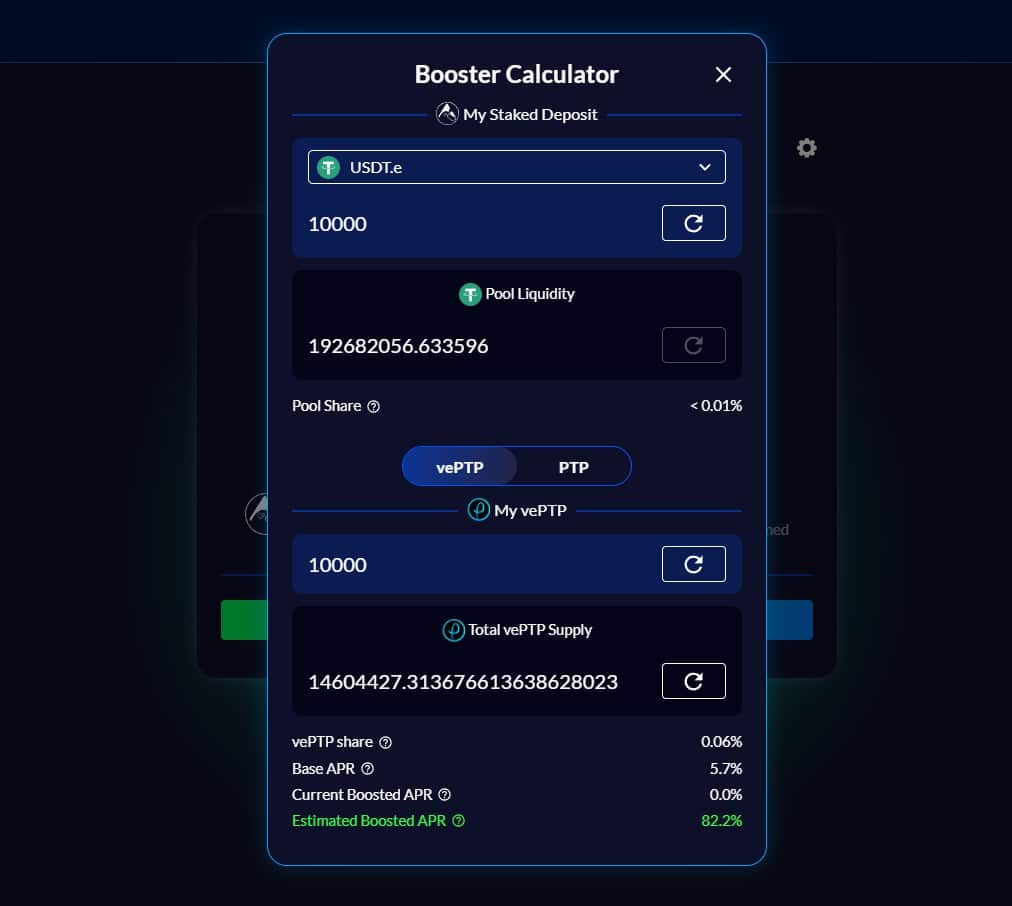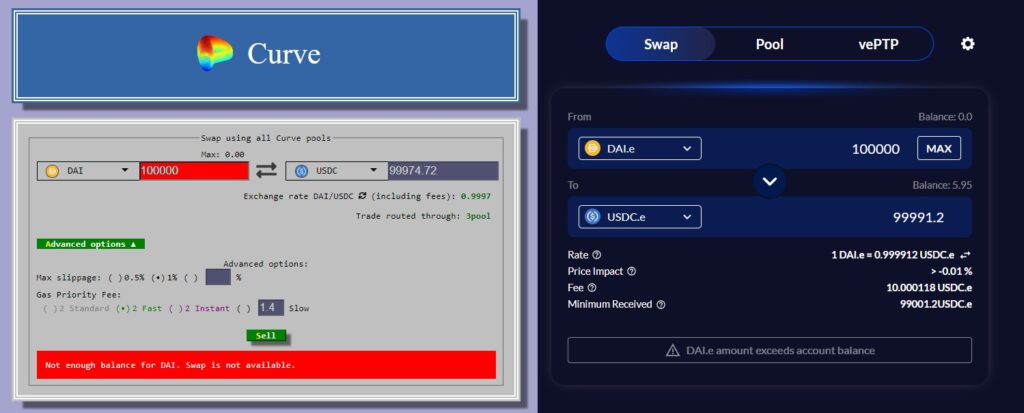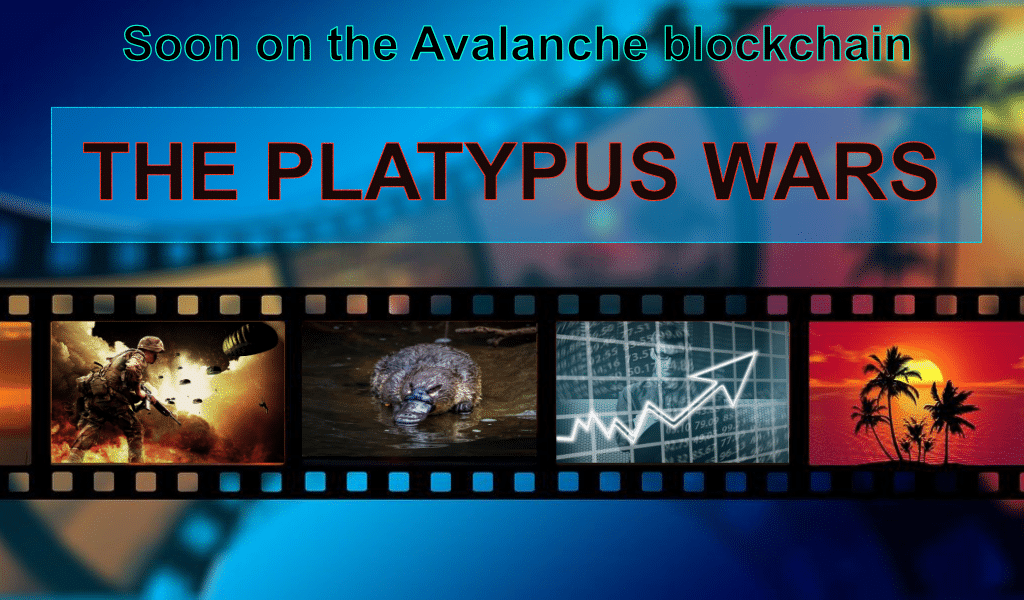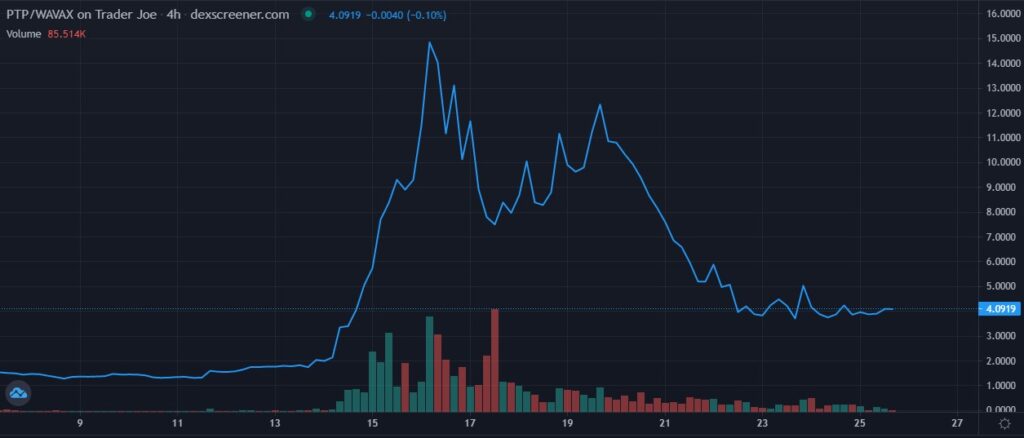There are lots of promising projects that you hear about in the world of cryptocurrencies on a daily basis. You also hear about projects with no future and with a lack of potential. When we first read about Platypus Finance and discovered the platform, it made us extremely bullish. Why? It has great potential! Why is that? What is Platypus Finance all about? How does it work? And what makes us speak about Curve and the Curve Wars in an article about Platypus?
Platypus had its token sale on Avalaunch on Avalaunch before Christmas. A new version of the platform was launched on Avalanche in the midst of January 2021, and the token price during the sale was $0.1 per token. After the platform launch in mid-January, the token price went to $13, before it went back to $4 where it has been stable for 4-5 days at the time of writing this article.
What is Platypus Finance? What makes it a platform with potential?
Platypus is running on Avalanche, meaning that transactions are cheap. That in itself should be considered an advantage. And then you have the platform itself.
1. A great way to store and receive a high interest on your stablecoins.
Here anyone can deposit their stable coins and receive interest at a certain level (between 5% and 10% normally), paid in PTP (the official token of Platypus Finance). But, it gets more interesting if you stake PTP tokens because then you can get a boosted interest which might go way above 100% if you have enough vePTP tokens (which you get through staking PTP tokens).
If you stake PTP tokens, these will generate vePTP tokens continuously (the maximum is 100x more vePTP than your number of staked PTP). The more vePTP, the higher the Booster Interest. The vePTP will also have other functions in the future, but more about that later. If you decide to unstake your PTP tokens (no matter if it is only one or all of your PTP tokens), your vePTP balance will be reduced to zero and you will start earning them from scratch. It is impossible to purchase vePTP, you can only get it through staking your PTP on the platform.

You only need the staked PTP tokens to receive the Booster reward. If you don’t stake any PTP, you will still get the basic interest (which is between 5% and 10%).
2. A fantastic place to swap your stables
This is actually the main use case of the platform. If you do a trade on Uniswap, the fee for doing so is 0,3% of the actual trade. With a normal trade on Binance, you will pay a trading fee of either 0,1% or 0.075%. On Platypus, the same trading fees are 0.01%. These might sound like small numbers, but if you are swapping big numbers, these can actually turn into big numbers.
If you want to swap 100,000 USDT to 100,000 USDC, the trading fees would be:
– 300 USD on Uniswap (plus the transaction fee on Ethereum)
– 75 or 100 USD on Binance (depending on whether you are maker or taker)
There is one protocol that is very similar to Platypus, only 100x more famous and popular, and that is Curve. This is just the basis of so many blockchain activities, and it is also well known for its curve wars.

If you take a look at the screenshots above, you can see that a swap of 100,000 DAI to USDC will turn into 99974 USDC on Curve, while it will turn into 99991 on Platypus. That is a difference of 17 USD. It might not be a lot, but if you then put into consideration the fact that the transaction fee on Ethereum will easily be at least $75, while it is less than $0.5 on Avalanche, there is actually a big difference between the two.
In other words, Platypus is a great platform for swapping one stablecoin for another stablecoin.
Those were the basics – then you have the extras! Did anyone say #PlatypusWars?
Those were the basics, and in itself, these should be more than enough reasons to find the platform interesting. But, then you have the extras that can make this all the more exciting.
When other platforms start to use Platypus for extra profits
People love gains, and currently, node platforms are in the wind (such as Thor Financial, Comb Financial, ProjectX, PowerNodes, VaporNodes, and several others). These platforms try to build a strong treasury that will grow in value, and also give strength to the project for the future. They are regularly investing in other projects, and I believe that Platypus could be an ideal solution for such investments. Imagine if a protocol like this would invest 50%/50% in the platform, meaning that they spend money on PTP (and then to stake it), and then use the second part to stake their stablecoin. This will boost their own treasury, and also create a demand for PTP (and stability, as they will just keep them staking in order to keep the high booster reward active).
You also have another option in which Defi platforms will offer higher interest to their users as they stake their stablecoins. This is done by re-investing the staked amounts on Platypus (and at the same time owning a large amount of PTP/vePTP). This will make them able to get giant gains, while offering their own customers a much higher interest than most other platforms do on stable-deposits.
Then you have the PlatypusWars!!!
Many have heard about the Curve Wars. The CRV stakers hold the governance token which then make them able to vote for which pools will receive a reward boost. This is a giant game, and in order to receive more CRV rewards for certain pools, the owner of the token (MIM, FRAX, and others) bribe the CRV stakers to vote for their pool to receive extra rewards. This gives them a big plus, and at the same time, gives a big bonus to the CRV stakers (in addition to the basic rewards).
Now, it is easy to imagine a similar game coming to Platypus Finance in the future, thus turning the platform into a venue for the Platypus Wars.
The developers of Platypus Wars are currently operating with different levels of rewards for the different pools. Currently, there are higher PTP rewards for the USDT.e pool (25% of the total booster rewards) and the USDC.e pool (25% of the total booster rewards) than the DAI.e pool (20% of the total booster rewards) and the MIM pool (20% of the total booster rewards), and the USDC pool (10% of the total booster rewards). The total monthly emission of PTP through the booster rewards is 3,000,000 tokens.
These rewards are not guaranteed, and the developers have said that they can easily be changed in the future. And yes, this might lead to the highly anticipated Platypus wars in which the different protocols/pools fight for the higher rewards, and thus, will bribe the vePTP holders to vote for their protocol (and then again reward them for doing so).
This has caused a giant demand for CRV tokens on the Curve platform (that is also why you can see projects such as [REDACTED], OlympusDAO, and many others invest in the CRV token as well.
All in all, if the Platypus wars would become a reality, it would give a giant boost to the platform in all matters.
Some dangers with Platypus Finance
This is a very new protocol, and that comes with dangers. The protocol has been audited by Hacken and Omniscia. The team is anonymous, something that scares many people (us as well), but we do know that the team is made up of some dedicated Avalanche blockchain fans, and they have been endorsed and supported by AvaLabs, something that gives them credibility. Mr. Duckbill, the leader of Platypus Finance said the following in an AMA regarding their identities and remaining anonymous.
Anonymous founders are becoming increasingly popular in the DeFi space. We could have used our real world identity to launch the project, but we found that staying anonymous is even cooler. Anonymous founders have peculiar charisma for their idiosyncrasy and coherence for the underlying philosophy of cryptocurrencies and blockchain — decentralized, censorship-resistant, and privacy-by-default.
Oh, don’t worry about whether we will rug. We won’t. Being backed by 3ac and Defiance, launching IDO on Avalaunch, we have way much to lose if we rug instead of deliver. The upside for delivering is 100x, or even 1000x compared to rug. Just don’t worry about it.
AMA with Mr. Duckbill
The token has also seen a big price drop from the first pump (where it reached $14), and there are a couple of wallets with large amounts of tokens that seem to sell whenever the price is starting to increase again. Some are worried about these wallets, and there hasn’t been any official reaction regarding those yet. But, this might just be a very typical trend that we have seen with many other similar projects as well earlier.
Personally, I do miss some engagement from the leadership team (Mr. Duckbill, Mr. Beavertail, and Mr. Otterfoot) in the Discord of the project, and a lot of additional trusts could be added to the project simply by answering some of the most frequently asked questions and worries in Discord).
Some final thoughts about Platypus Finance
If you decide to trust the project and the creators, then they are promising lots of goodies for the future. They don’t want to name the extras yet (because then everyone will just ask when this and that all the time), but some of the keywords are NFTs, gamification, reward pool influence for vePTP holders, and much more).
I am extremely bullish on this project, so if it gets the attention it deserves and if the developers are able to keep this a cutting edge protocol, then I believe this has a fantastic potential for the future!
What are your thoughts concerning Platypus Finance? I would love to hear your thoughts, comments, and questions regarding the protocol and the platform!

